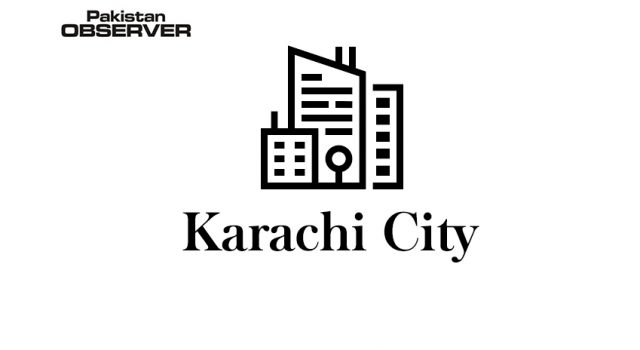Schneider Electric™, the leader in digital transformation of energy management and automation, and the world’s most sustainable corporation 2021 as ranked by Corporate Knights, today released a comprehensive novel framework for environmentally sustainable data centers.
The industry-first framework proposes five areas of environmental impact inclusive of key metrics for data center operators in various stages of their sustainability journeys. By leveraging the framework, operators can mitigate the impact data centers have on the environment.
Data centers are the backbone of today’s digital world. They are also responsible for up to two percent of the world’s carbon emissions, equivalent to that of the airline industry.
To contend with an increase in digital bandwidth and IT-sector electricity demand, the industry demands a holistic and standardized approach to environmental sustainability.
Pankaj Sharma, Executive Vice President, Secure Power Division, Schneider Electric, said: “Environmental sustainability reporting is a growing focus for many data center operators.
Yet, the industry lacks a standardized approach for implementing, measuring, and reporting on environmental impact.
Schneider Electric developed a holistic framework with standardized metrics to guide operators and the industry at large. Our intention with this framework is to improve benchmarking and progress toward environmental sustainability to protect natural resources for future generations.
“The data center industry has made significant progress in increasing energy efficiency; however, as digital demands increase they must remain committed to driving long-term broader sustainability initiatives,” said Rob Brothers, Program Vice President for the Data center and Support Services Program at IDC.
You can’t have an impact on what you don’t measure; therefore, companies must establish clear and consistent metrics that account for not only efficient technology, but also the consumption (or possible destruction) of natural resources such as water, land and biodiversity.”
Mounting pressures from investors, regulators, shareholders, customers and employees also drive the need for improved environmental-impact reporting in data center operations.
However, many data center operators lack sustainability expertise and face a daunting task of determining what metrics to track and strategies to implement.
Schneider Electric’s framework was developed by its Energy Management Research Center leveraging expertise from ESG experts, sustainability consultants, data center scientists, and data center solution architects to take the guesswork out of measurement and reporting.
The Energy Management Research Center was established in 2002and has developed more than 200 vendor-neutral whitepapers and trade-off tools available for free to the industry.









